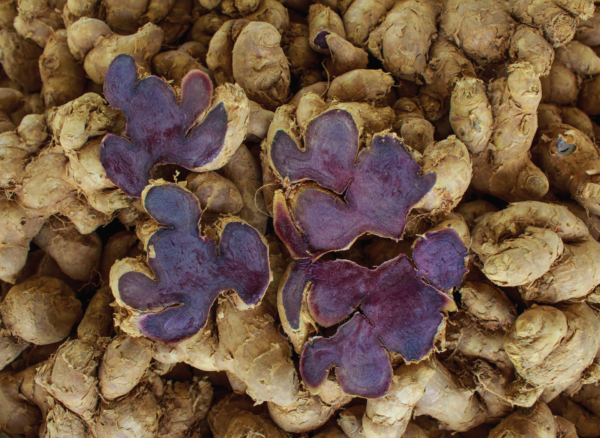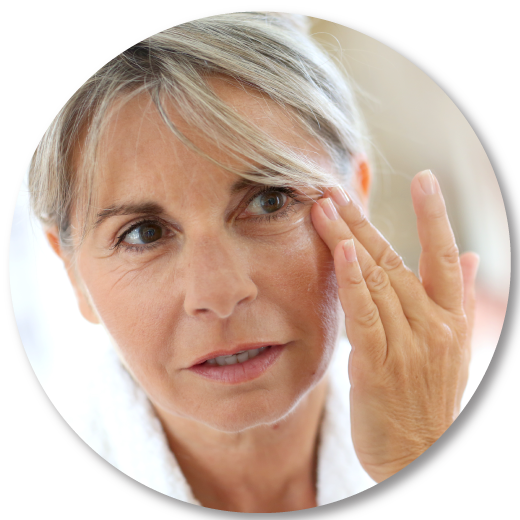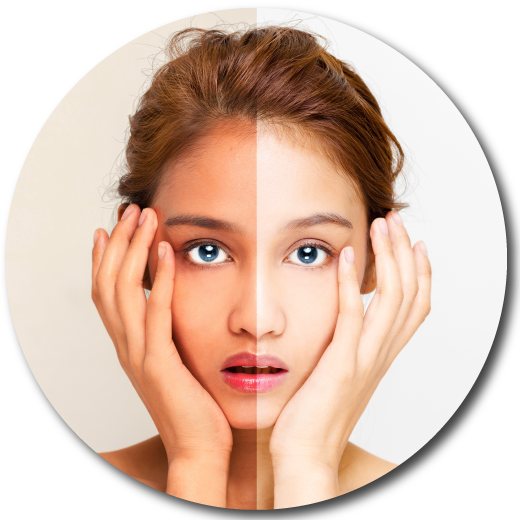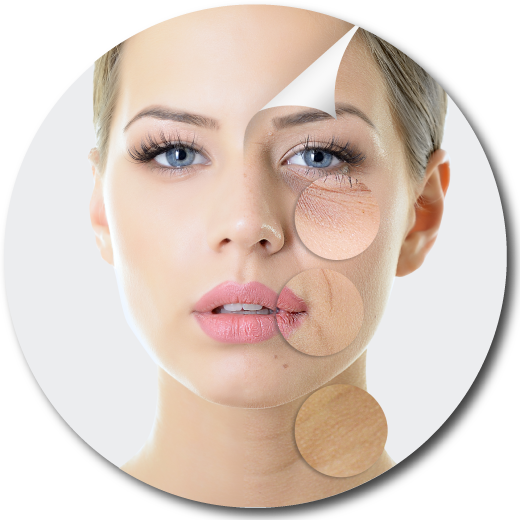Black Galingale Extract
Black galingale (Kaempferia parviflora Wall) is the scientific name for black ginger. Baker (syn. Boesenbergia pandurate (Roxb.) Schltr.) of the Zingiberaceae family, for example, has been used as a medicinal plant from ancient times, as have ginger, turmeric, and galangal. It is native to Malaysia, Indonesia, and Thailand. The crop is grown mostly in the Thai provinces of Loei, Phetchabun, Phitsanulok, Chiang Mai, and Chiang Rai. Harvesting occurs between the ages of 8 and 12 months. It has been proven in studies to be beneficial against diseases caused by nerve cell degeneration (Neurodegenerative disorders). (anti-oxidation), anti-inflammatory (anti-inflammatory), anti-mutation (antimutagenic), antibacterial antimicrobial, anticancer, adaptogenic properties, and so on.

The chemical make-up of Black Galingale
Flavonoid, Boesenbergin A, Panduratin A, 4-hydroxypanduratin A, Chalcone, Saponin, Tannin, Alkaloid, Glycoside, and Flavanone are the primary ingredients of black galingale, while the essential oil also includes Borneol and Terpene. It was discovered that Chalcone from black galingale extract is more anti-oxidant than Flavanone.
In the food Supplement Industrial, Black galingale is used.
According to an old Thai pharmaceutical recipe, black galingale has the function of blocking enzymes, which helps to boost sexual performance. Phosphodiesterase increases blood flow and resistance to meal weariness without harming haemoglobin, white blood cells, or the liver. Reduce the degradation of the metabolic rate and the heart’s hard work It possesses anti-inflammatory and antibacterial properties in the oral cavity and gastrointestinal system, as well as the ability to inhibit some kinds of breast cancer cells. Contains glycide group components that aid in cholesterol reduction. By decreasing mast cell degranulation, therapy for enlarged prostate has an anti-allergic effect.
Application of Black Ginger in the Cosmetic Industrial
The black galingale contains Boesenbergin A and Panduratin A, which have anti-oxidative (Anti-oxidant), anti-inflammatory (Anti-inflammatory), and anti-aging (Anti-aging) properties that outperform Resveratrol by reducing the molecular signal MAPKs, which increases the enzyme MMP-1 and has the effect of inhibiting microorganisms such as fungi (Anti-fungal activity, Anti-viral activity, and Bacteria (Anti It can also block Tyrosinase production during the pigment formation process (Melanogenesis). When antioxidant activity was compared, it was shown that it was more active than vitamin C and vitamin E and helped give moisture to the skin. Boesenbergin A, found in black galingale extract, is efficient at lowering nitric oxide (NO) levels, which indicate inflammation.
Properties of Black Galingale

Anti-aging
Restore skin health, reduce wrinkles, slow down the skin to look younger.

Immunity
Strengthen the immune system for the body

Whitening
Solve dark skin problems Change the skin color to be white and clear.

Anti-wrinkle
Solve the problem of wrinkles.
Further developments in Black Galingale research
To improve the stability of the extract and transportation to the target organ, black galingale extract can be further improved in many ways such as extraction, nanoemulsion, or encapsulation development. In the development of research and natural extracts, TIBD now collaborates with major research institutes both locally and abroad, such as Japan and Brazil. However, if you are interested in co-investing in the form of research development, commercial patent development, or continuing to make product formulae under your brand, you may contact the firm through any channel.
Reference
Than Than Yee and Kyi War Yi Lwin. “Study of Phytochemical Composition on Kaempferia Parviflora Wall. Ex Baker” IFFF-SEM 7 (2019): 128-136.
Chahyadi, Agus, Rika Hartati, and Komar Ruslan Wirasutisna. “Boesenbergia pandurata Roxb., an Indonesian medicinal plant: Phytochemistry, biological activity, plant biotechnology.” Procedia Chemistry 13 (2014): 13-37.
Tewtrakul, Supinya, Sanan Subhadhirasakul, and Sopa Kummee. “Anti-allergic activity of compounds from Kaempferia parviflora.” Journal of ethnopharmacology 116.1 (2008): 191-193.
Temkitthawon, Prapapan, et al. “Kaempferia parviflora, a plant used in traditional medicine to enhance sexual performance contains large amounts of low affinity PDE5 inhibitors.” Journal of ethnopharmacology 137.3 (2011): 1437-1441.
Chahyadi, Agus, Rika Hartati, and Komar Ruslan Wirasutisna. “Boesenbergia pandurata Roxb., an Indonesian medicinal plant: Phytochemistry, biological activity, plant biotechnology.” Procedia Chemistry 13 (2014): 13-37.

